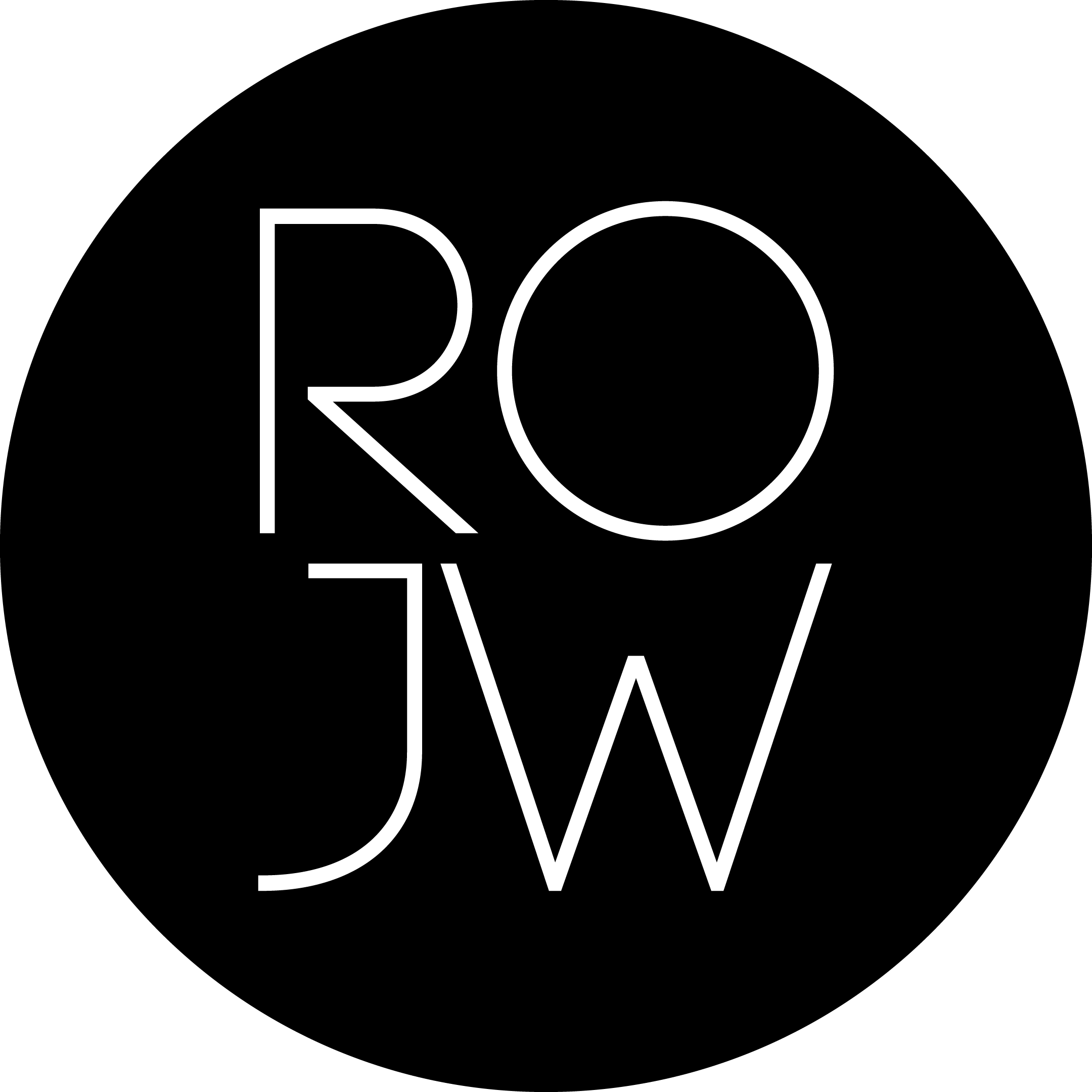Spot the Designer - Patricia Iglesias/ Chile
What did you want to be when you were a child?
When I was a child I wanted to be a perfume label designer and costume designer.
When have you started creating jewelry? How did this passion come about?
As a teenager I made earrings with shells I found on the beach, and as an adult I dismantled and remade many of my costume jewellery necklaces. Parallel to my work as an interior designer, I was looking for a means of expression, I felt that something was missing, so I dabbled in drawing, painting and ceramics until I came to goldsmithing, where I found the possibility of combining many of my concerns.
What was your first project or significant piece for you and from what point of view?
It was the piece Memorias del Silencio (Memories of Silence) that gave way to the series Entre las sombras y el silencio (Between Shadows and Silence). It was important because it allowed me to close a cycle at the level of personal experience and they were the pieces with which I began to interact with textile materials.
How do you charge your batteries? What other passions and creative interests do you have?
I recharge my batteries by hiking, going for walks in places full of nature. I like walking and taking photographs.
What does the connection between manufacturing tradition and contemporary design mean to you?
I see the manufacturing tradition as the resource to be able to make the parts and mechanisms necessary for some of my jewellery and contemporary design is what gives me the freedom to play and express myself through materials and concepts.
Is there a self-portrait piece that speaks most about you?
The piece I called Shukaku is the name given to Picton Island by the Yaghan people before they came to colonise Mallaganes region. It was also the subject of a conflict between Chile and Argentina in 1978 when I was 10 years old. I have never forgotten the fear I felt at the possibility of losing loved ones.
Which material have you not yet used is a temptation and a challenge for you?
I am still interested in using plastic and paper pulp alongside textile fibres, I have yet to explore them further.
How was the pandemic period for you as a jewelry designer?
Fortunately I have my workshop at home, so I continued working, and I also do a lot of my textile work at home, so in that sense I didn't see my work system altered very much. I was affected by the purchase of materials and being able to interact with others, although the pandemic also brought me the possibility of getting closer virtually, mainly to people, places and activities that take place far away from where I live, strangely being isolated, I was closer to other places in the world.
How do you see the future of contemporary jewelry?
I see it making more and more sense, mainly from the use of all kinds of materials and the connection between the author's point of view and the user's point of view. In this world, where climate change is leaving its mark, it is important to take responsibility for the materials we use to make our jewellery.
Find more about the designer Patricia Iglesias



